From heroines to beneficiaries to ‘good women’ entrepreneurs? The role of women in Jalpaiguri district, West Bengal
To understand the ‘truth about the role of women in agriculture today’ in Jalpaiguri district, the study area of a recent research project, we have to start by sketching the historical gender context. Because, in this particular place, a majority of rural women have over time experienced a steady deterioration of their freedom and role in agriculture.
A historical perspective on women’s roles
The West Bengal Terai has a long history of peasant movements, revolts and land reforms, in which women of various castes, classes and communities played a fearless, dynamic and important role. They were the heroines of the peasant uprisings of the 1940s, 50s and 60s, in which poor and landless farmers demanded that the share of the harvest collected by landlords was decreased from one half to one third. Studies have documented the high status and autonomy of peasant and tribal women as well as relatively high gender equality in the years after India’s independence in 1947.
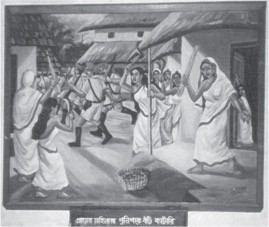
But things were about to change for women in West Bengal. In the 90s, a gender impact study of the North Bengal Terai Development Project (NBTDP), a large project designed to increase farmers’ production and income through small-scale irrigation devices, unfortunately showed a worsening of rural women’s status: The heroines of the past had become beneficiaries of hand pumps.
In addition, ongoing political and economic changes triggered a negative gender impact, which resulted in a mainstream patriarchal gender ideology becoming dominant in an area where women had previously played very significant roles.
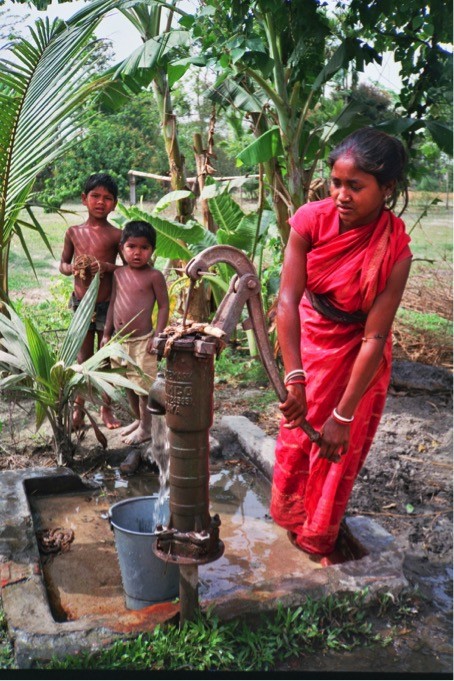
Acknowledging this, the NBTDP implemented various practical and strategic gender activities to try to empower women of landless, small and marginal farm households.
Today rural no longer means agricultural
Yet, 25 years later, in 2015, our studies of Jalpaiguri district showed a dramatic decline in the role of women in agriculture and a de-feminization of agricultural wage labor.
A host of factors—including population increase, inflow of refugees and migrants, fragmentation of land, neo-liberal policies, climate and ecosystem change—has triggered an accelerated process of de-agrarianisation.
As a result, landlessness has increased. It was almost 70% in the villages we studied, and the size of landholdings of marginal farmers had decreased. Only 20% of rural households nowadays depend on agriculture as their main source of income. Even within this group, the majority farm very small or marginal plots of land.
This means that even owners of small land plots depend on taking up agricultural wage labor for their survival, as non-farm employment is not on the horizon.
The main response to coping with increased poverty is forced—as it is a matter of survival—seasonal migration of young unmarried men, even boys, who end up doing insecure, casual, risky construction work in cities in India. Married men only move seasonally when there is a male guardian to take over the urgent male work that has to be done. Here, women are certainly not ‘left behind’ by their husbands, as documented in Nepal.
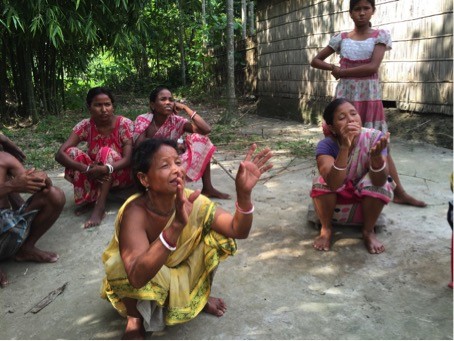
Rather, women told us that they could not dream of a scenario in which they were in charge of any agricultural production, as they are landless and desperately wait for work. Besides, as an upshot of religious nationalist policies, a ‘good woman’ ideology has seen a revival, emphasizing that decent women stay at home, are good housewives and mothers, do not go to markets or other public places, but serve their husbands and children. Women are not allowed to take over ‘male’ tasks, such as plowing, preparing land, spraying pesticides and marketing crops. Landless women are also not hired, even for lower pay, to perform these ‘male’ tasks.
The perception of the few landowning women who are successful in vegetable growing is that gender restrictions and division of labor in domestic and agricultural work remains the same as ten or even twenty years ago.
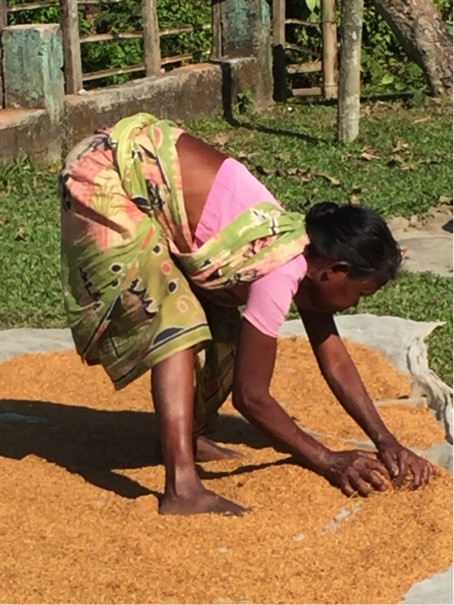
‘Good woman’ ideology constricts women’s opportunities
The detrimental effects of the intrusion of the ‘good woman’ ideology can be traced back to revived notions of traditional patriarchal gender constructions. These notions include for example no felt need for (joint) land rights for women; increased domestic violence; increased restrictions on mobility and decision making power; and shifts from bride price to dowry (so that wealth is transferred from the bride’s family to the groom’s).
The Government of Bengal shows its concern for the worsening conditions of women through a huge micro-finance and self-help-group project, named Anandhadara. Its intent is to integrate poor women into the financial flow by encouraging them to become self-employed entrepreneurs.
But, women’s lack of access to land, water, labor, money, skills and other means of production makes entrepreneurship very difficult. On top of this, the reinforced patriarchal gender norms keep poor women out of the financial flow: the female entrepreneurship the government seeks to promote goes against the basic notions of the role of women.
Knowledge, skills and funds may pave the way out of poverty
The ‘truth about the role of women in agriculture today’ is that landless women are really left behind by society and government. In Jalpaiguri district, they are paying the price for de-agrarianisation in combination with the rise of the detrimental ‘good woman’ ideology. While our studies focused just on four villages in this one district, it is very likely that landless women elsewhere in India or the world face similarly bleak realities.
Measures to generate steady employment for the poorest landless women and men as well as provision of infrastructure and common goods in rural areas should have first priority. Not credit, but yearly grants as well as transfer of knowledge and skills might start their journey out of extreme poverty.
#
Thrive blog is a space for independent thought and aims to stimulate discussion among sustainable agriculture researchers and the public. Blogs are facilitated by the CGIAR Research Program on Water, Land and Ecosystems (WLE), but reflect the opinions and information of the authors only and not necessarily those of WLE and its donors or partners. WLE and partners are supported by CGIAR Fund Donors, including ACIAR, DFID, DGIS, SDC, and others.



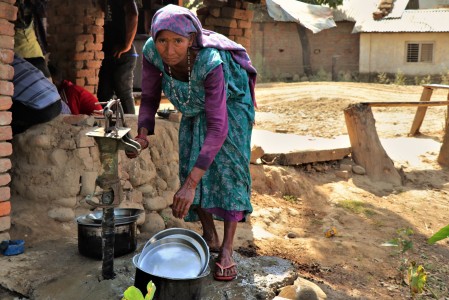


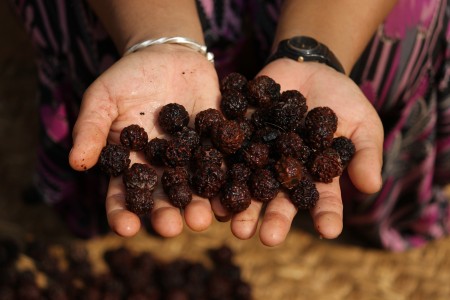

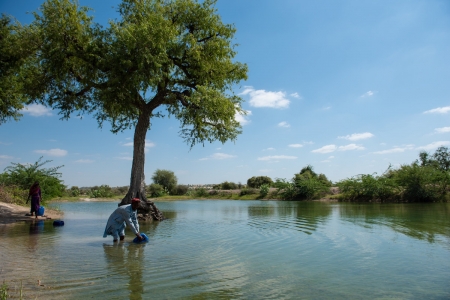

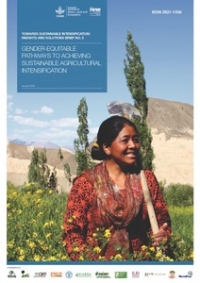
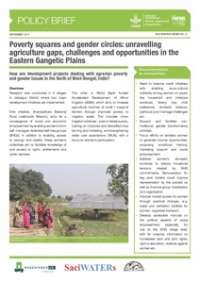
Add new comment